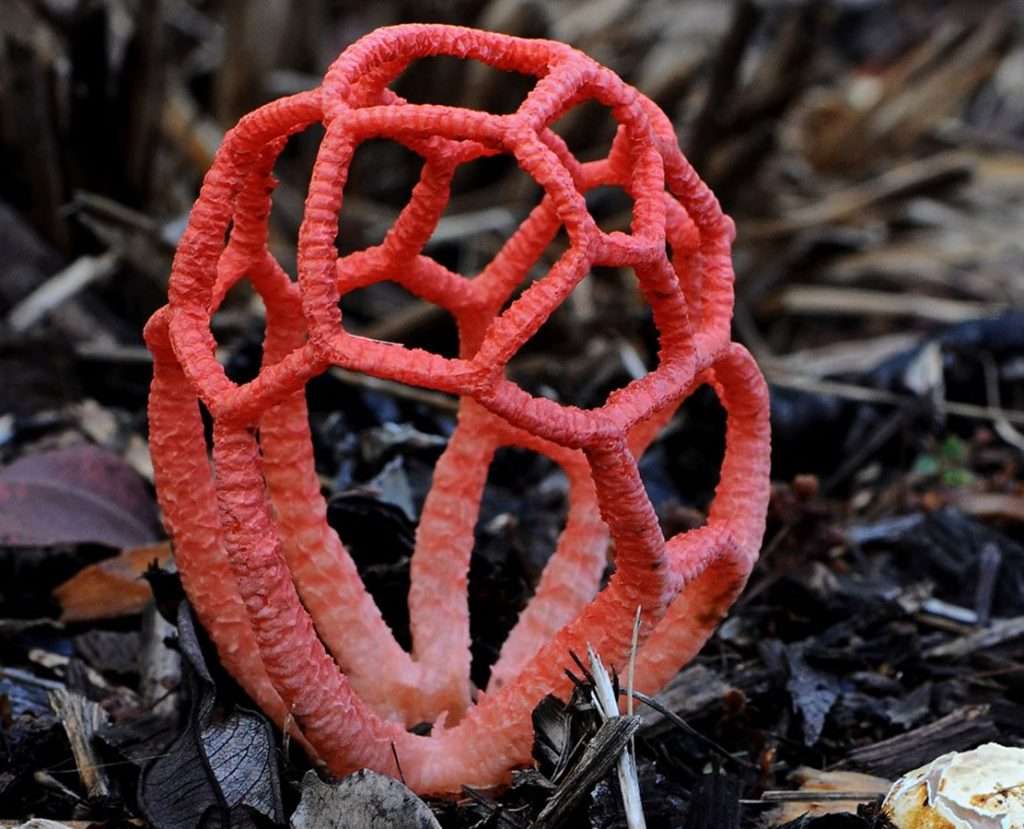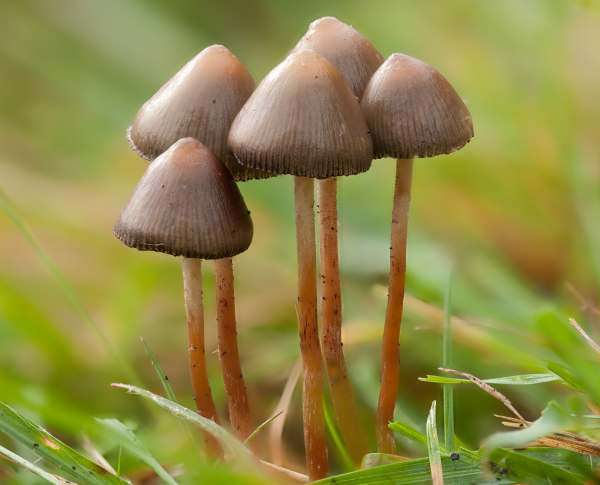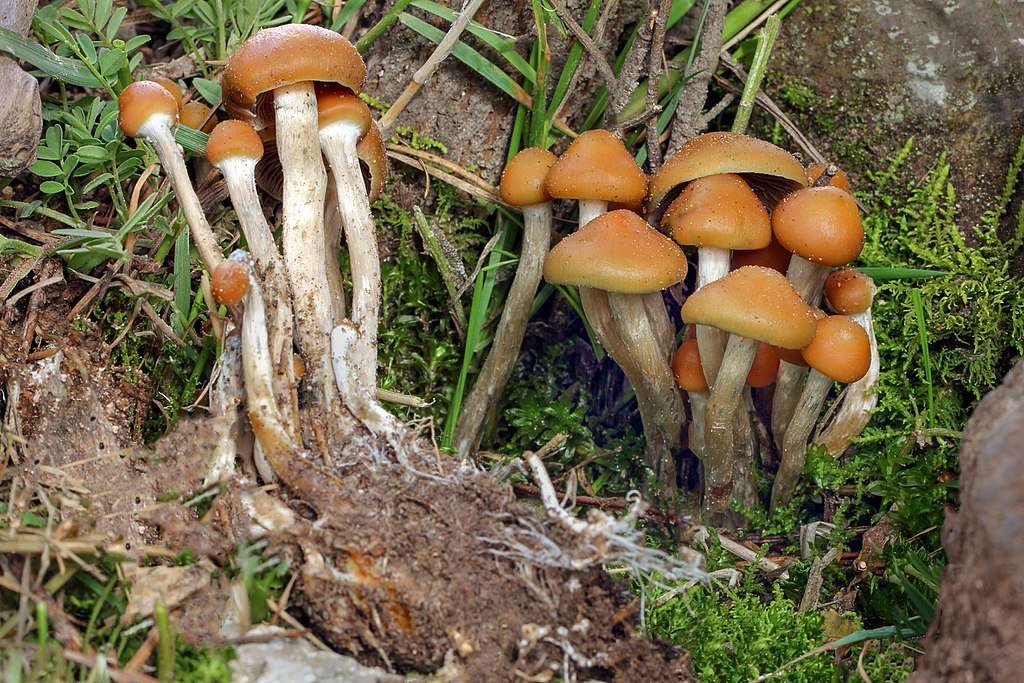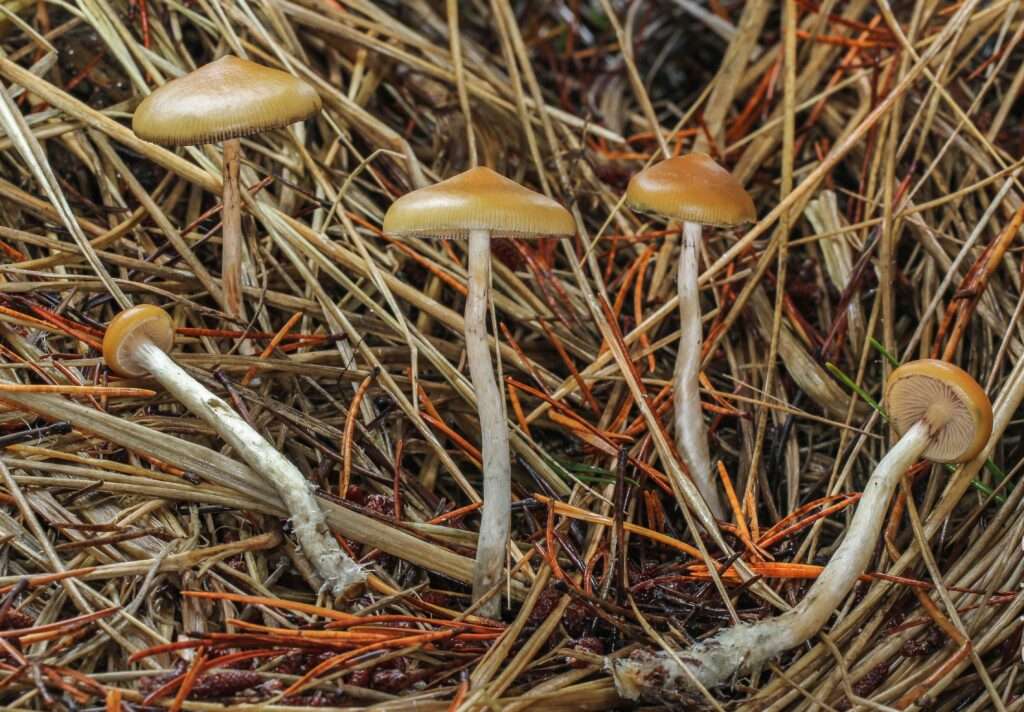
Scientific name
Clathrus ruber
Description
Lattice Stinkhorn is a beautiful saprobic fungus that is also known as basket stinkhorn or red cage. The red-orange color of these mushrooms is due to the presence of carotenoids present in it. The fruiting body is hollow in structure but its shape varies from spherical to oval. The size of the fruiting body is 6 cm in diameter. It is very simple to recognize because of its vivid red color. In less than 24 hours, fruit bodies burst and then disintegrate, and in 2-3 days, all traces of the fruit body are gone. There is no stem on this fungus. A stinky, dark-green-colored substance called Gleba coats the interior of the cage, attracting flies. As the gleba adheres to the legs of the flies, it is transferred to other sites, where it may establish a new Lattice Stinkhorn mushroom. They are not good in taste and smell like rotting meat. It is not considered a choice to eat.

Habitat
Latticed Stinkhorn is a saprobic fungus that is not commonly found in mainland Britain but is very widespread in the Channel Islands. Central and Southern Europe frequently has Clathrus ruber. They can easily be identified along the roadside of the Portuguese. These mushrooms are also native to Asia and North America.
Uses/Importance
It’s uncertain whether C. ruber offers anything outside the ability to decompose wood and a stunning appearance. Although some authors describe it as edible and others as toxic, no one seems to have firsthand experience with either. It has been reported in some of the research that it may cause cancer and skin rashes.
Table





